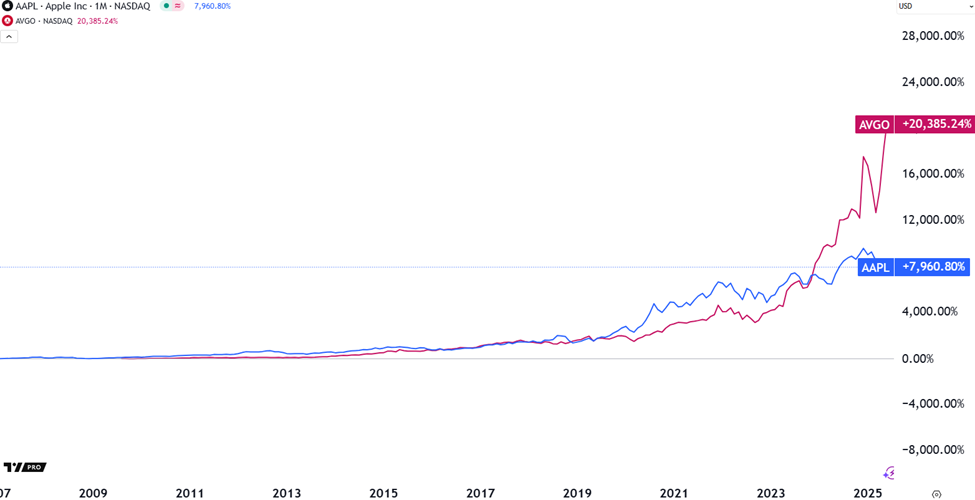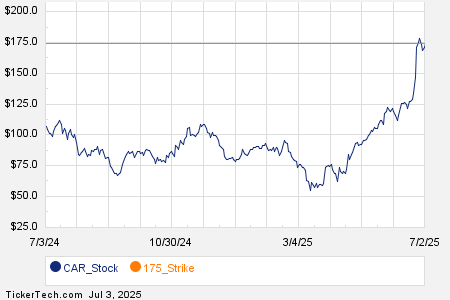Cocoa Prices Surge Amid Supply Challenges and Weather Woes
December ICE NY cocoa (CCZ24) closed Friday at +210 (+2.79%), while December ICE London cocoa #7 (CAZ24) rose by +122 (+2.21%).
This week’s cocoa price rally has gained momentum, with New York cocoa hitting its highest level in a week and a half, while London cocoa reached a 1.5-month peak. The driving forces behind this surge include heavy rainfall in West Africa, which has led to flooding and hindered cocoa farmers from working their fields, thus delaying the harvest. Furthermore, the wet conditions complicate the drying process for harvested beans, ultimately lowering their quality.
Another factor contributing to rising cocoa prices is the decline in global cocoa stockpiles. Inventory levels monitored by ICE at U.S. ports have decreased consistently over the past 15 months, dropping to a 15-year low of 1,998,398 bags as of Tuesday.
Additionally, production challenges in the Ivory Coast, the world’s largest cocoa producer, have further buttressed cocoa prices. According to government data released Monday, farmers shipped only 12,960 metric tons of cocoa to ports from October 1 to October 6, a significant drop from the 50,138 metric tons shipped during the same timeframe last year.
Last Friday, New York cocoa prices fell to a 4.5-month low but have been under pressure since Wednesday when the European Commission announced a one-year postponement of an anti-deforestation law. Originally set to take effect on December 30, this legislation aims to limit forest clearing in countries exporting products like cocoa to the European Union. The delay relieves concerns over the potential decertification of cocoa stockpiles held in European warehouses, which could have raised fears about a supply shortage.
The cocoa market also reacted to Ghana’s Cocoa Board (Cocobod) reducing its production forecast for the 2024/25 cocoa season to 650,000 metric tons, down from 700,000 metric tons predicted in June. Ghana’s 2023/24 cocoa harvest faced significant setbacks from adverse weather and crop disease, plummeting to a 23-year low of 425,000 metric tons. As the second-largest cocoa producer globally, Ghana’s harvest will commence in October.
In contrast, rising cocoa production in Cameroon, the fifth-largest producer, presents a bearish outlook for cocoa prices. The National Cocoa and Coffee Board of Cameroon reported an increase of 1.2% year-on-year for the 2023/24 season, totaling 266,725 metric tons. Additionally, Nigeria’s cocoa exports also grew, rising by 6.8% year-on-year to reach 14,984 metric tons, further impacting the cocoa market dynamics.
Despite recent challenges, cocoa demand showed resilience in Q2. The National Confectioners Association indicated that North American cocoa grindings increased by 2.2% year-on-year to 104,781 metric tons, surpassing expectations for a slight decrease. Meanwhile, the Cocoa Association of Asia reported a smaller-than-expected decline of 1.4% year-on-year for Asian cocoa grindings at 210,958 metric tons. The European Cocoa Association also noted a surprising increase of 4.1% year-on-year in Q2 grindings, reaching 357,502 metric tons.
In a further bullish development, the International Cocoa Organization (ICCO) raised its global cocoa deficit estimate for 2023/24 to -462,000 metric tons from -439,000 metric tons projected in May—the largest deficit in over 60 years. Additionally, the ICCO adjusted its production estimate downwards to 4.330 million metric tons from a previous 4.461 million metric tons, while projecting a historic low for the global cocoa stocks/grindings ratio at 27.4%.
More Cocoa News from Barchart
On the date of publication, Rich Asplund did not have (either directly or indirectly) positions in any of the securities mentioned in this article. All information and data in this article is solely for informational purposes. For more information, please view the Barchart Disclosure Policy here.
The views and opinions expressed herein are the views and opinions of the author and do not necessarily reflect those of Nasdaq, Inc.




